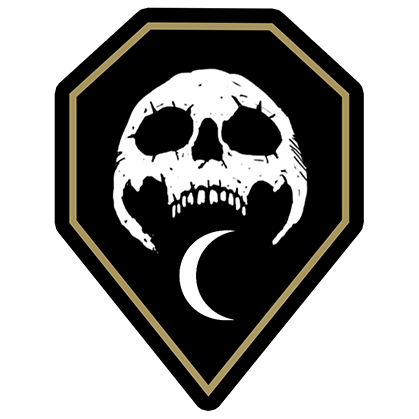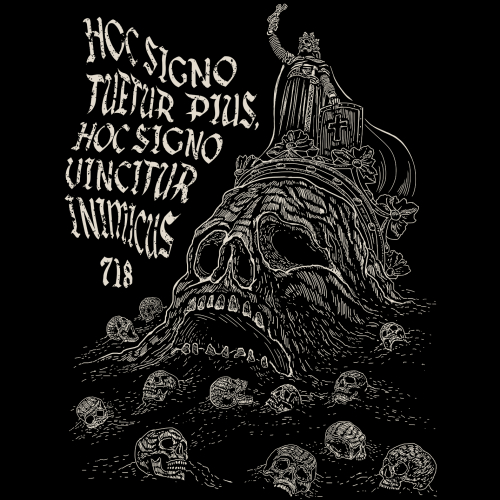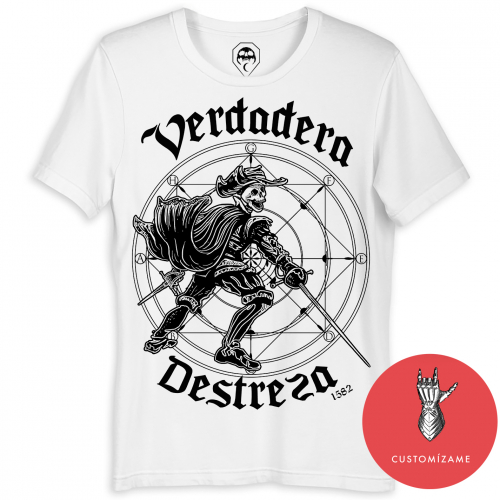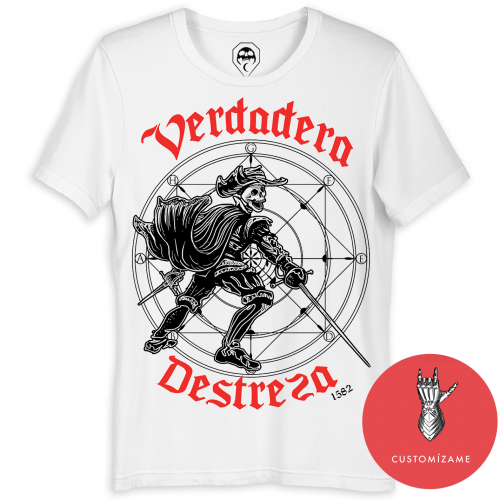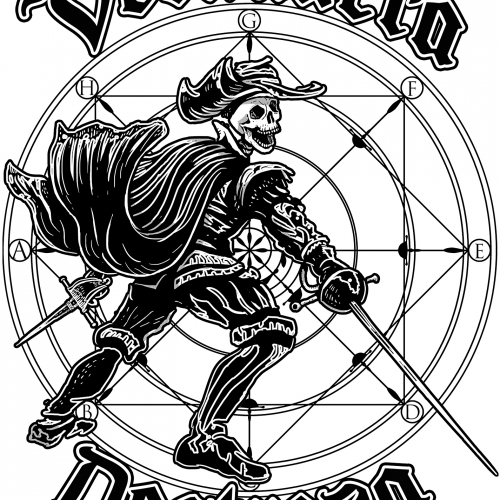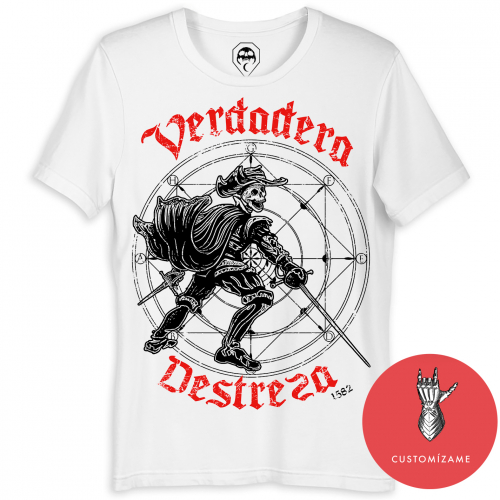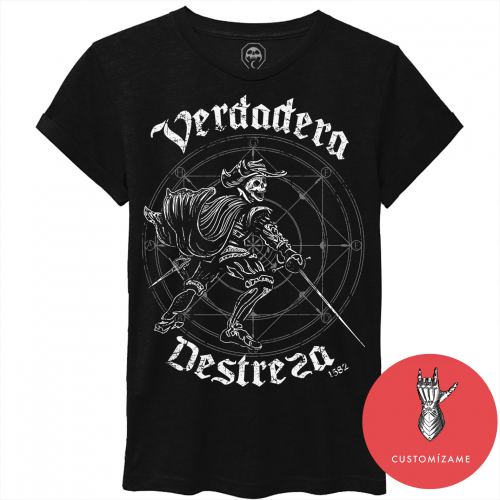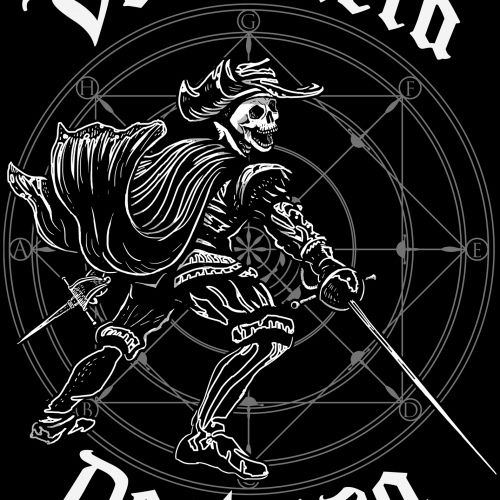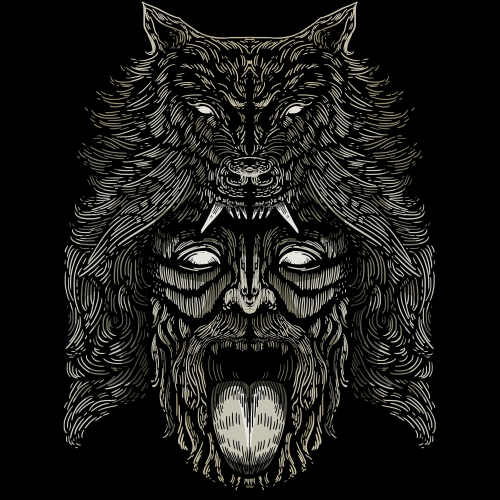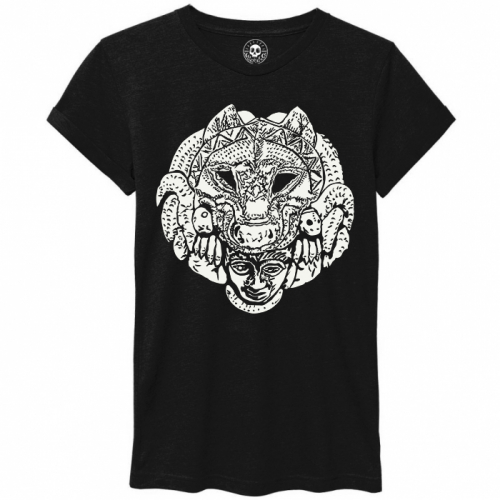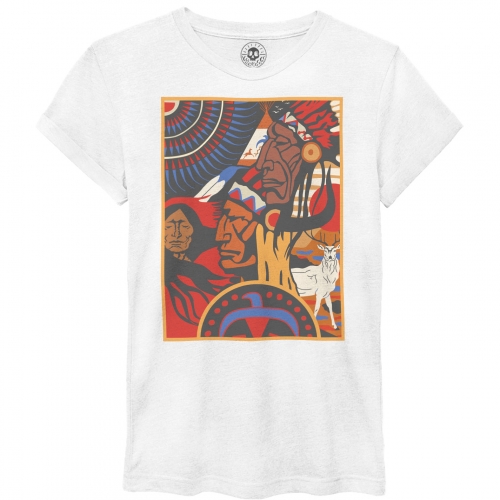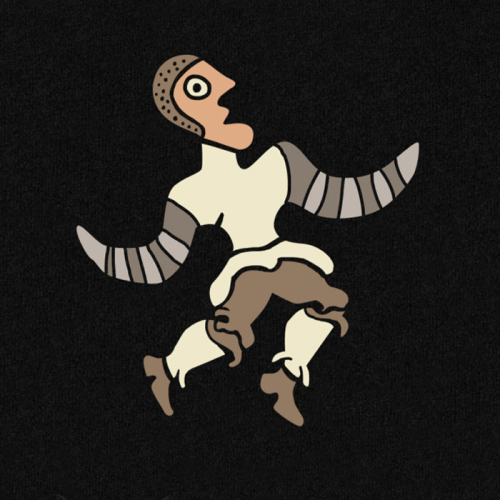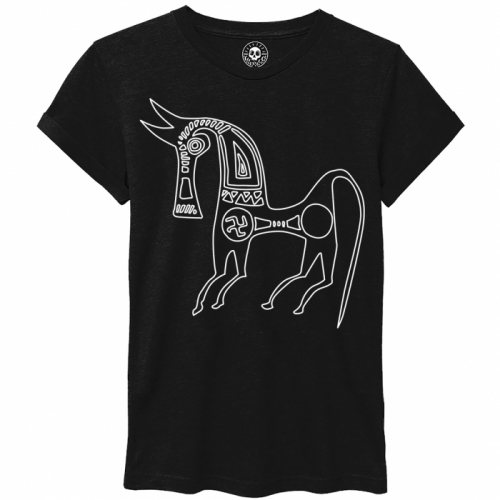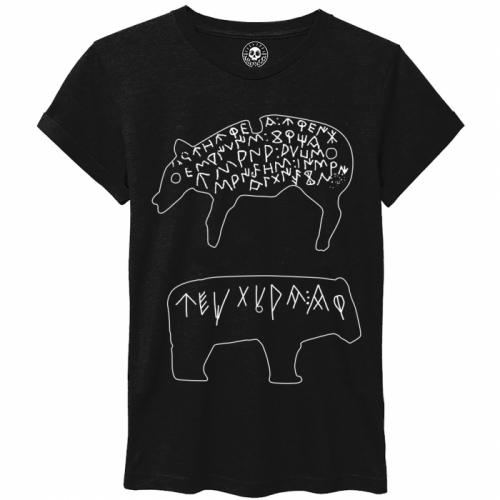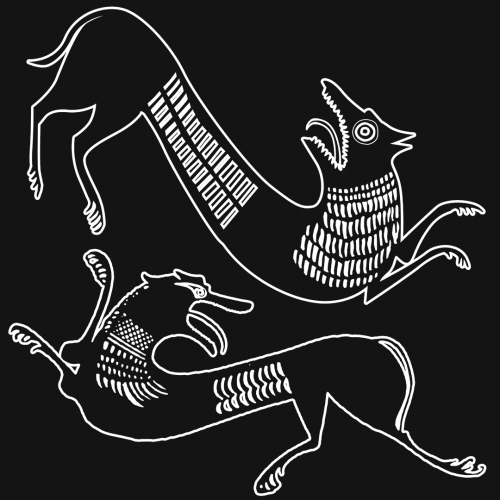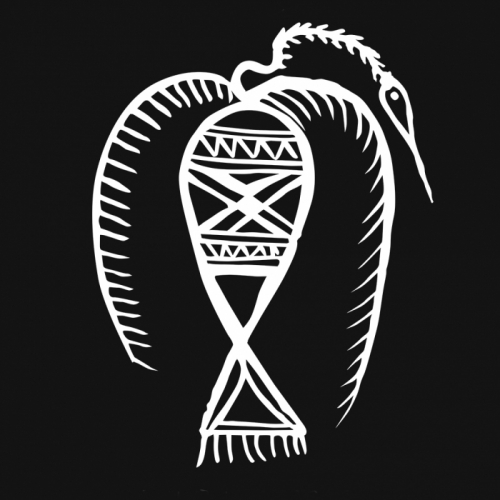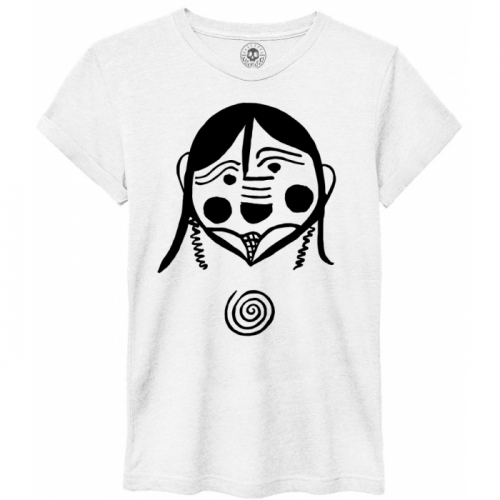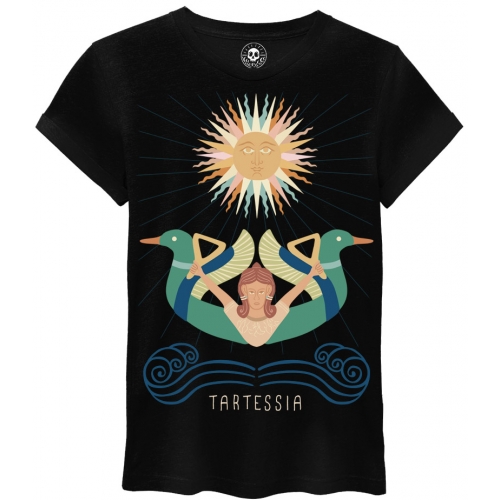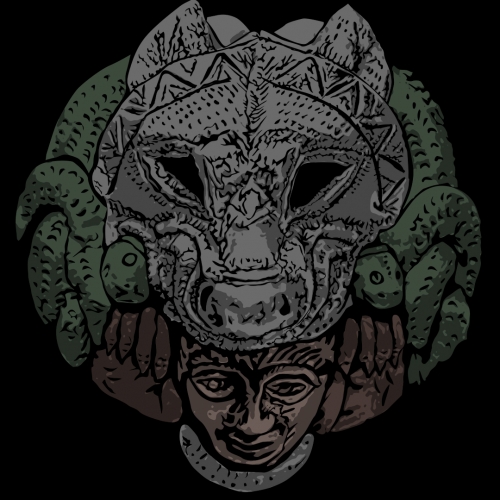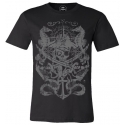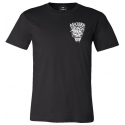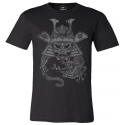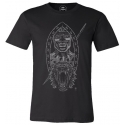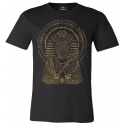Today we bring Eros, as a mediator of initiatory paths, but do not confuse them with the paths of the metaphysics of sex, as a form of conquest, liberation and empowerment in a couple who travel the alchemical and hermetic path of the left hand, which in a The future will undoubtedly give a great design on sexual magic and androgyny in the primordial race, today we just want to make a small approximation to sexuality in the ancient Greek world.
To say of the Greeks that they were neither homosexual nor heterosexual as we understand it today, the thing happened differently. We cannot approach gender and open and free sexuality in Greek Antiquity with the current modern parameters, with prejudices of a puritan or Judeo-Christian mentality. Let's say that the Greeks were something like "heteroflexible" - today we would say bisexual - although this was not exactly.
Ancient Greece was, in addition to the cradle of democracy and Western philosophy, a society dedicated to the cult of beauty and the body as an expression of values closely related to areté (virtue), with the perfection of the universe and the perfect proportions of the gods — the more like them the more you were blessed. Her ideal of beauty was masculine, this is so. The representation of the naked female body was reserved, almost exclusively, for the worship of divinities associated with human or earth fertility - there we have the goddess of love Aphrodite - and the erotic scenes reproduced in symposia glasses. The woman in general was subordinate to the superiority of the male and beautiful women were often seen as femme fatale, dangerous women, remember the Greek tragedy with Helen of Troy and Medea.
Sexual relations were directed either to perpetuate the species (legitimacy, inheritance, lineages) within the fundamental institution of marriage for the Greeks or to satisfy masculine needs - both with women, slaves, prostitutes and hetairas who, unlike Of the pornai, they were those free culturally and intellectually prepared “company ladies” whose opinions and beliefs were highly respected by society and who participated in Greek symposia, also offering dances, music and conversation of a level—, and not always as complement of love - although it is true that there were couples who loved each other, especially before marriage - because that spiritual stage did not usually transcend with a woman, and love as sex between two men was considered a higher experience than anything it had to do with sexual deviations or depraved acts.
Homosexual relationships - infrequent in women, perhaps due to lack of documentation, the representation of the poet Sappho of Lesbos comes to mind - did not alter the social status or prestige of the people, the encounters between two men were oriented towards training of young people, as a pedagogical practice, a preparation for virility as an incitement to adulthood, never contemplated in the family life that was the fundamental center of society. Eraste and Erómenos, mature (active part) and experienced in "spiritual greatness" with a protective mission, taught their lovers, the young (passive part) to improve, overcome, know how to govern, indoctrinate themselves in the life of the military ... gifts that would serve them to his entire life, in return the ephebo offered his beauty and his commitment, in a friendship that was forged by fire. The Platonic ideal was a non-carnal spiritual relationship, although Greek art, as we have represented, shows us these physical relationships (where the virtue and strength of the mature man was transmitted to the young man through different sexual acts). For this reason, relationships between young people who only sought mere physical pleasure were socially rejected — just as frowned upon were relationships that were perpetuated between older adults.
Obviously with this design we do not want to apologize for anything, much less offend or degrade anyone. Here is simply that we have collected images of vessels and ceramics as a graphic sample of sexual conception in Ancient Greece, seen with today's eyes, they will say freer in many aspects and more degrading in others, in any case just show a vision ancestral normalized in the Hellenic world.
